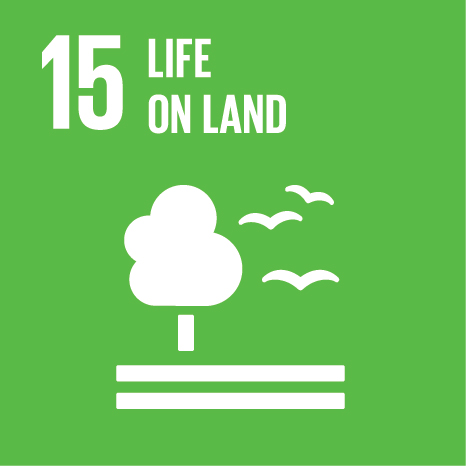Ciência_Iscte
Publications
Publication Detailed Description
Mitochondrial DNA variation and population structure of the island endemic Azorean bat (Nyctalus azoreum)
Journal Title
Molecular Ecology
Year (definitive publication)
2004
Language
--
Country
United States of America
More Information
Web of Science®
Scopus
Google Scholar
This publication is not indexed in Overton
Abstract
The Azorean bat Nyctalus azoreum is the only endemic mammal native to the remote archipelago of the Azores. It evolved from a continental ancestor related to the Leisler's bat Nyctalus leisleri and is considered threatened because of its restricted and highly fragmented distribution. We studied the genetic variability in 159 individuals from 14 colonies sampled throughout the archipelago. Sequences of the D‐loop region revealed moderate but highly structured genetic variability. Half of the 15 distinct haplotypes were restricted to a single island, but the most common was found throughout the archipelago, suggesting a single colonization event followed by limited interisland female gene flow. All N. azoreum haplotypes were closely related and formed a star‐like structure typical of expanded populations. The inferred age of demographic expansions was consistent with the arrival of founder animals during the Holocene, well before the first humans inhabited the Azores. Comparisons with a population of N. leisleri from continental Portugal confirmed not only that all N. azoreum lineages were unique to the archipelago, but also that the current levels of genetic diversity were surprisingly high for an insular species. Our data imply that the Azorean bat has a high conservation value. We argue that geographical patterns of genetic structuring indicate the existence of two management units.
Acknowledgements
--
Keywords
Chiroptera,colonization,D‐loop,genetic structure,island,mismatch analysis,bat,biodiversity,conservation
Fields of Science and Technology Classification
- Biological Sciences - Natural Sciences
Contributions to the Sustainable Development Goals of the United Nations
With the objective to increase the research activity directed towards the achievement of the United Nations 2030 Sustainable Development Goals, the possibility of associating scientific publications with the Sustainable Development Goals is now available in Ciência_Iscte. These are the Sustainable Development Goals identified by the author(s) for this publication. For more detailed information on the Sustainable Development Goals, click here.

 Português
Português


